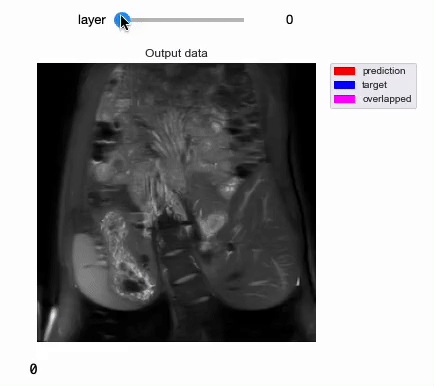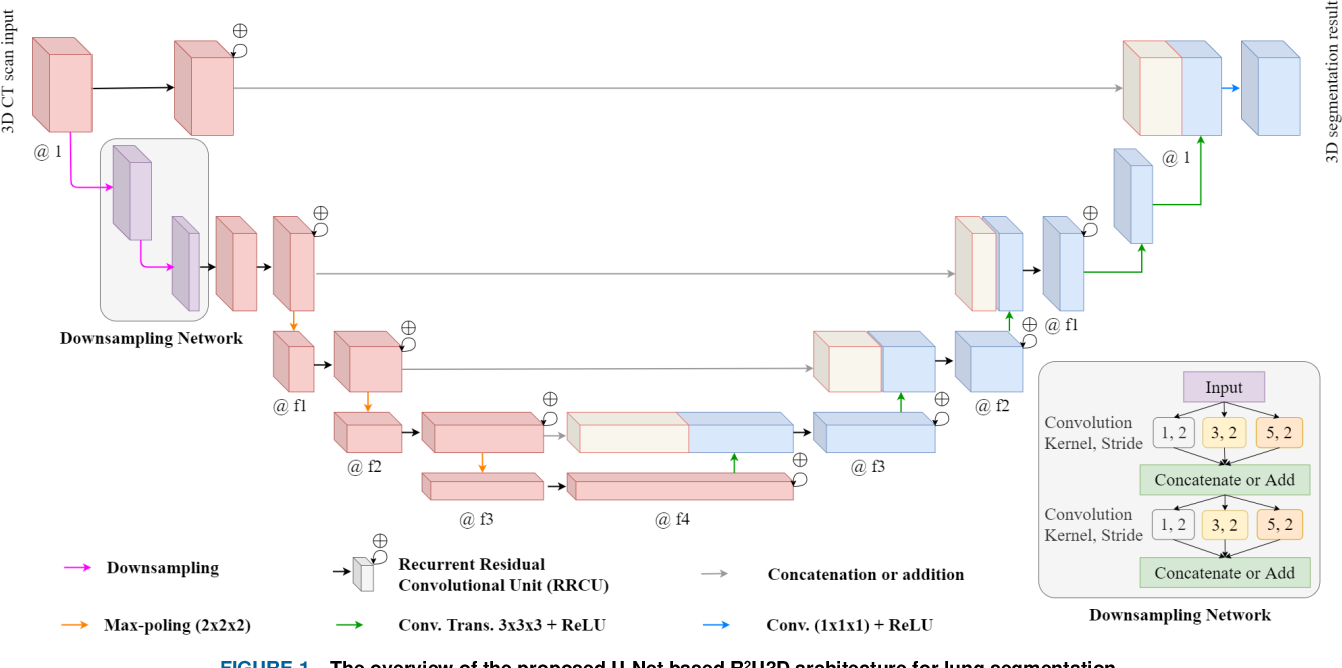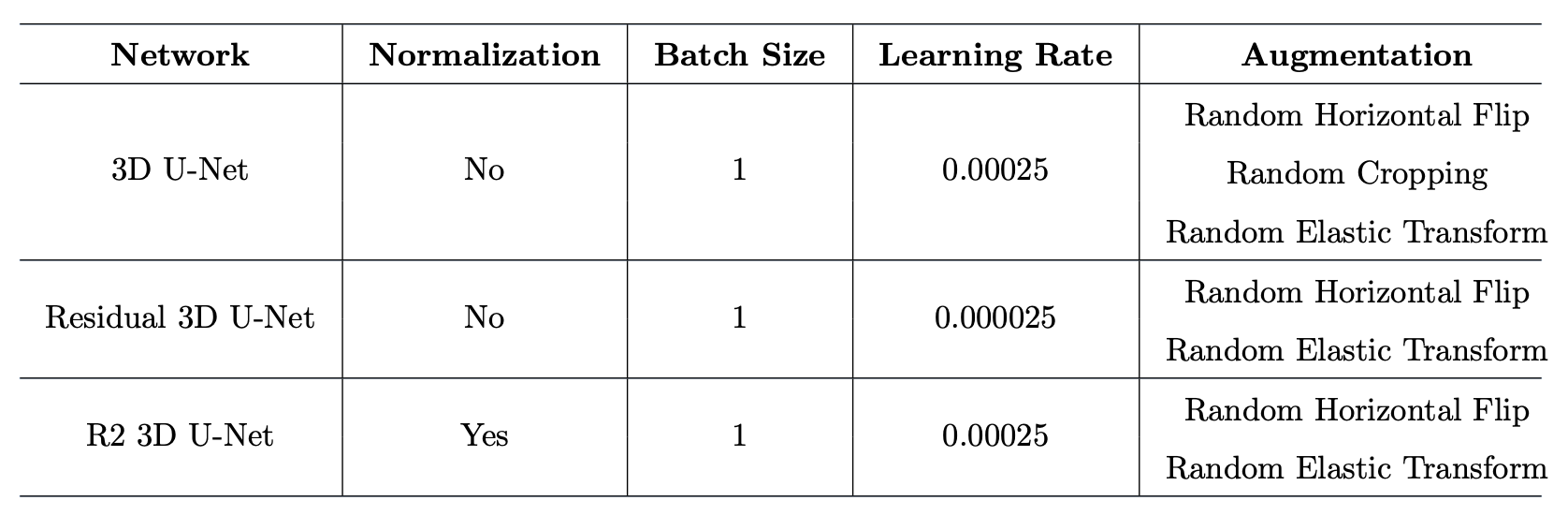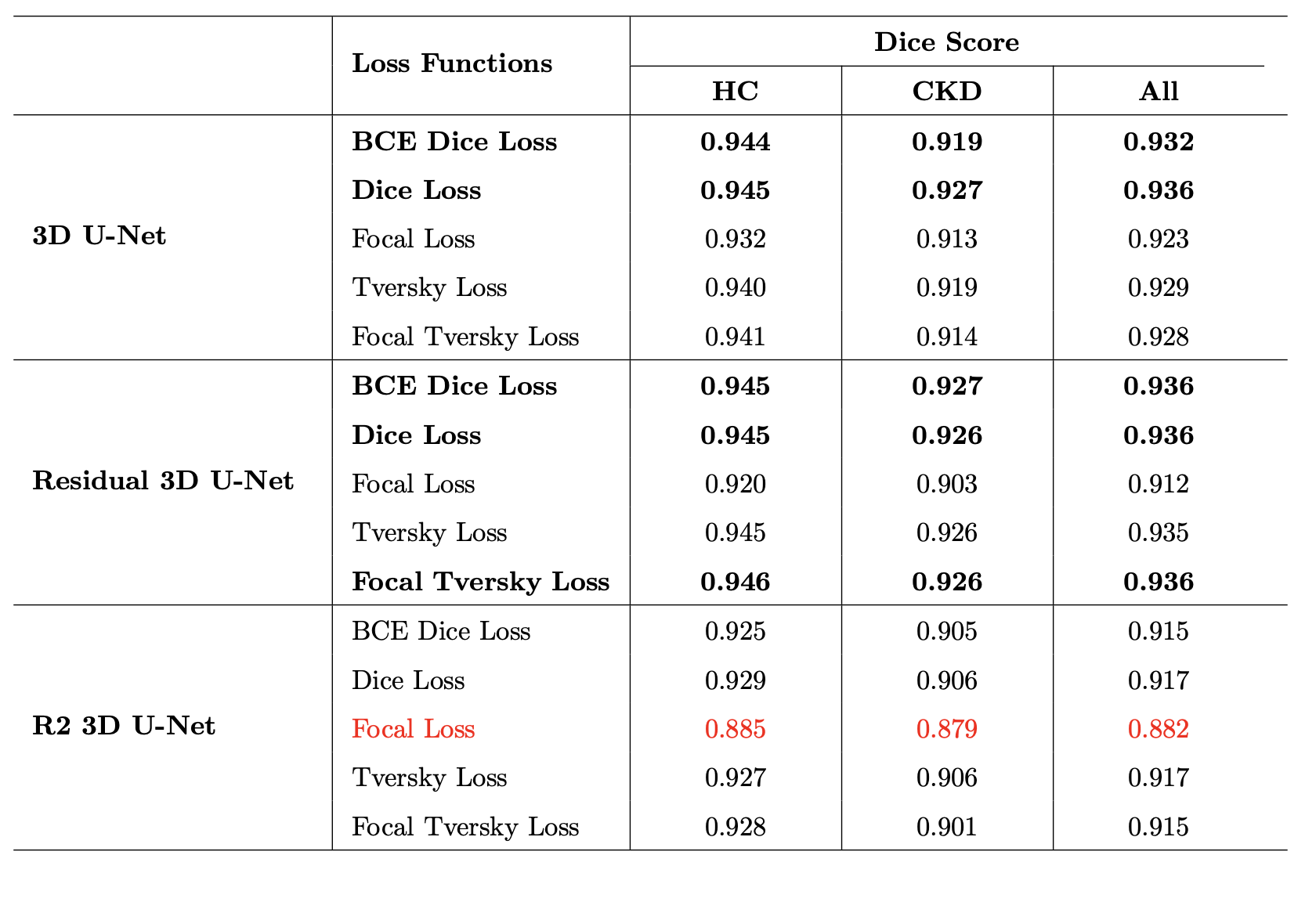| Data | Mask |
|---|---|
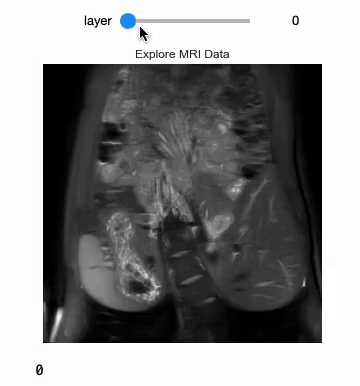 |
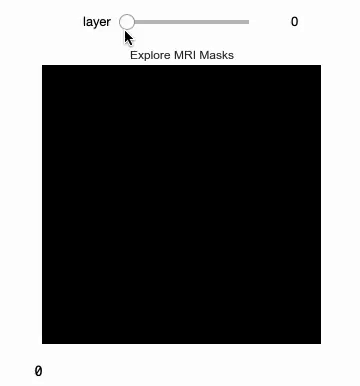 |
- Clone this repository
git clone https://github.com/joewong00/3D-CNN-Segmentation.git
- Initialize local configuration and fetch data from submodule project (surface distance)
git submodule update --init
- Install CUDA
- Install PyTorch
- Install dependencies
pip install -r requirements.txt
- Start with
main.ipynbusing Jupyter notebook or Google Colab
This model was trained from scratch with 50 3D kidney MRI and scored a Dice coefficient of 0.929516 on over 50 test MRI.
main.ipynb: Contains the main elements for data visualization, single data predicting and evaluationtrain.py: Script for model trainingtest.py: Script for model testingdataloader.py: Custom dataset dataloading classpredict.py: Script for predicting single image data and evaluation
Reference: wolny/pytorch-3dunet
Implementation based on https://arxiv.org/pdf/1706.00120.pdf
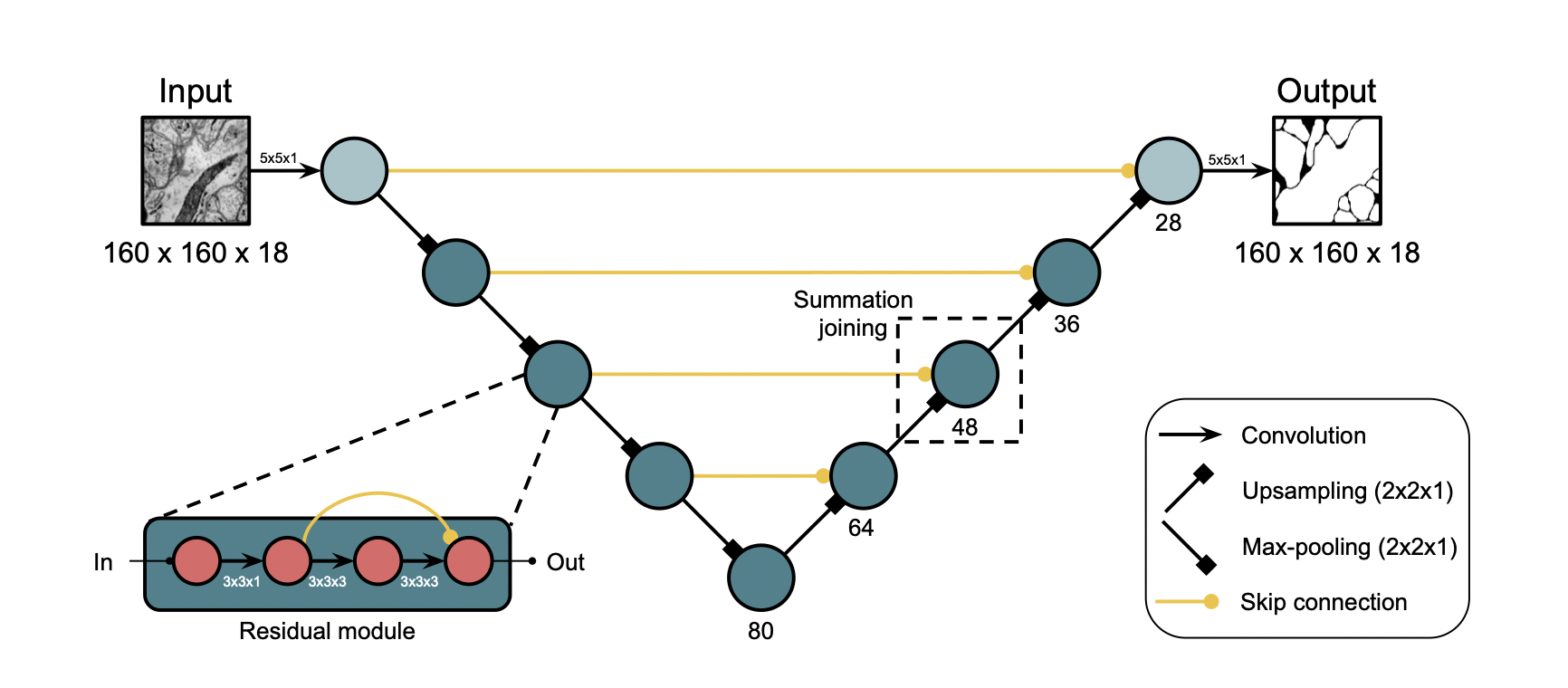
Implementation based on 3D U-Net: Learning Dense Volumetric Segmentation from Sparse Annotation
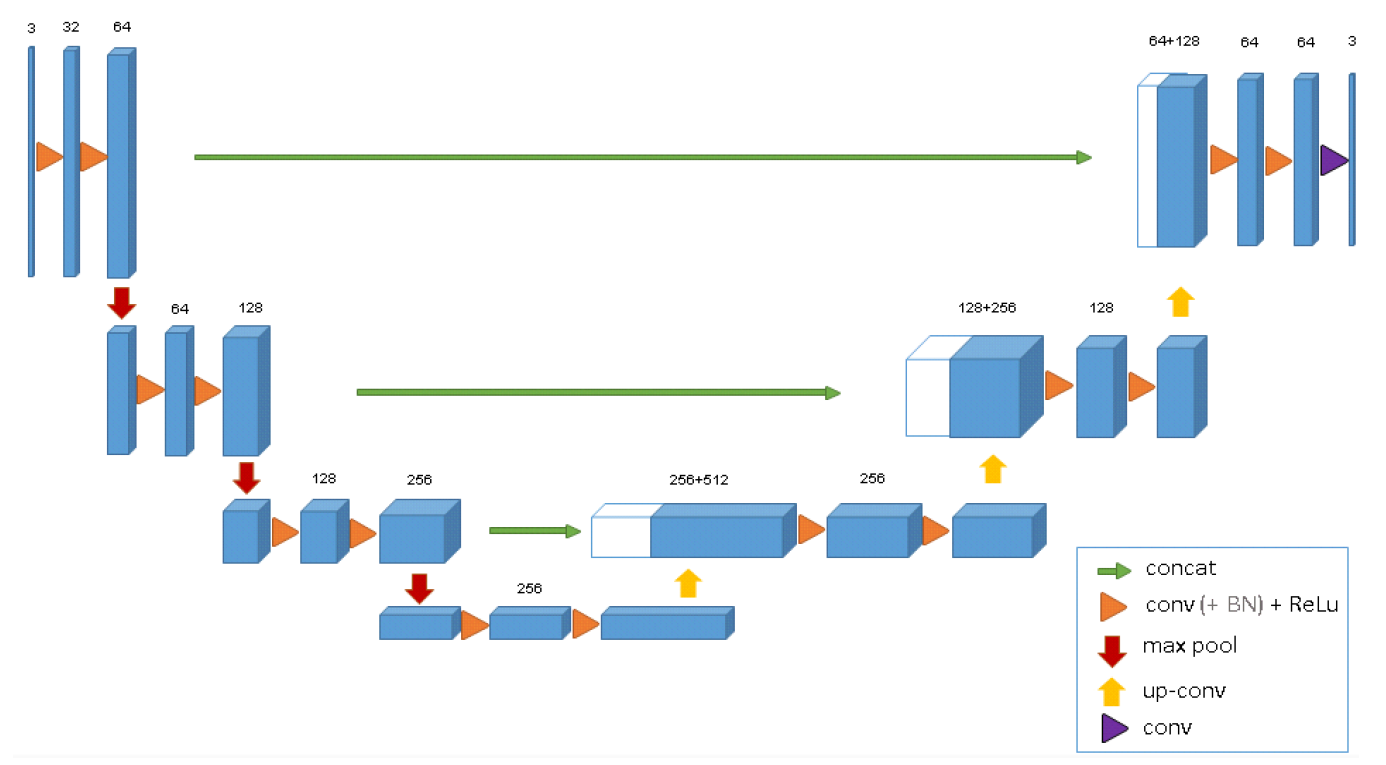
Implementation based on R2U3D: Recurrent Residual 3D U-Net for Lung Segmentation
Note : Use Python 3.6 or newer
> python train.py -h
usage: train.py [-h] [--network NETWORK] [--batch-size N] [--epochs N]
[--lr LR] [--gamma M] [--no-cuda] [--dry-run] [--seed S]
[--log-interval N] [--save-model] [--checkpoint FILE]
PyTorch 3D Segmentation
optional arguments:
-h, --help show this help message and exit
--network NETWORK, -u NETWORK
Specify the network (Unet3D / ResidualUnet3D)
--batch-size N input batch size for training (default: 1)
--epochs N number of epochs to train (default: 10)
--lr LR learning rate (default: 2.5e-4)
--gamma M Learning rate step gamma (default: 0.1)
--no-cuda disables CUDA training
--dry-run quickly check a single pass
--seed S random seed (default: 1)
--log-interval N how many batches to wait before logging training
status
--save-model For Saving the current Model
--checkpoint FILE, -c FILE
Specify the path to the modelIf a checkpoint exist, then use --checkpoint to specify the path to the checkpoint to continue training
- For test dataset, use
test.py - For single image testing, use
predict.pyormain.ipynb
After training your model and saving it to checkpoints/model.pt, you can easily test the output masks on your images via the CLI or main.ipynb
To predict a single image and compare result with its mask:
python predict.py --network "ResidualUnet3D" --model 'checkpoints/model.pt' --input "./MRI1_T2.nii.gz" --mask "./MRI1_T2mask.nii.gz"
> python predict.py -h
usage: predict.py [-h] [--network NETWORK] [--model FILE] --input INPUT
[--mask INPUT] [--viz] [--no-save] [--no-cuda]
[--mask-threshold MASK_THRESHOLD]
Predict masks from input images
optional arguments:
-h, --help show this help message and exit
--network NETWORK, -u NETWORK
Specify the network (Unet3D / ResidualUnet3D)
--model FILE, -m FILE
Specify the path to the file in which the model is
stored (default:model.pt)
--input INPUT, -i INPUT
Path to the image file (format: nii.gz)
--mask INPUT, -l INPUT
Path to the ground truth of the input image
(if_available) (default:None)
--viz, -v Visualize the output (default:True)
--no-save, -n Do not save the output masks
--no-cuda disables CUDA testing (default: False)
--mask-threshold MASK_THRESHOLD, -t MASK_THRESHOLD
Minimum probability value to consider a mask pixel
white (default: 0.5)To predict the whole test dataset (with test dataloader):
python test.py --network "ResidualUNet3D" --model "checkpoints/model.pt" --batch-size 1
> python test.py -h
usage: test.py [-h] [--network NETWORK] [--model FILE] [--batch-size N]
[--no-cuda] [--mask-threshold MASK_THRESHOLD]
Evaluate using test loader
optional arguments:
-h, --help show this help message and exit
--network NETWORK, -u NETWORK
Specify the network (Unet3D / ResidualUnet3D)
--model FILE, -m FILE
Specify the paht to the file in which the model is
stored (model.pt)
--batch-size N input batch size for testing (default: 1)
--no-cuda disables CUDA testing (default: False)
--mask-threshold MASK_THRESHOLD, -t MASK_THRESHOLD
Minimum probability value to consider a mask pixel
white (default: 0.5)You can specify which model file to use with --model model.pt.
The input images and target masks (for training) should be in the dataset/train/T2/ and dataset/train/T2Masks/ folders respectively. Original dataset have 3D size (W * H * D), they are preprocessed by adding channel dimension and written into the h5 files for dataloading.
You can use your own dataset as long as you make sure it is loaded properly in dataloader.py.
| Train Loss | Validation Loss |
|---|---|
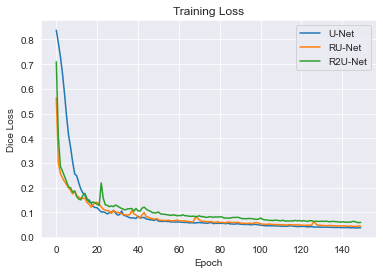 |
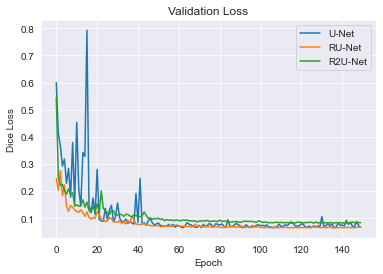 |


